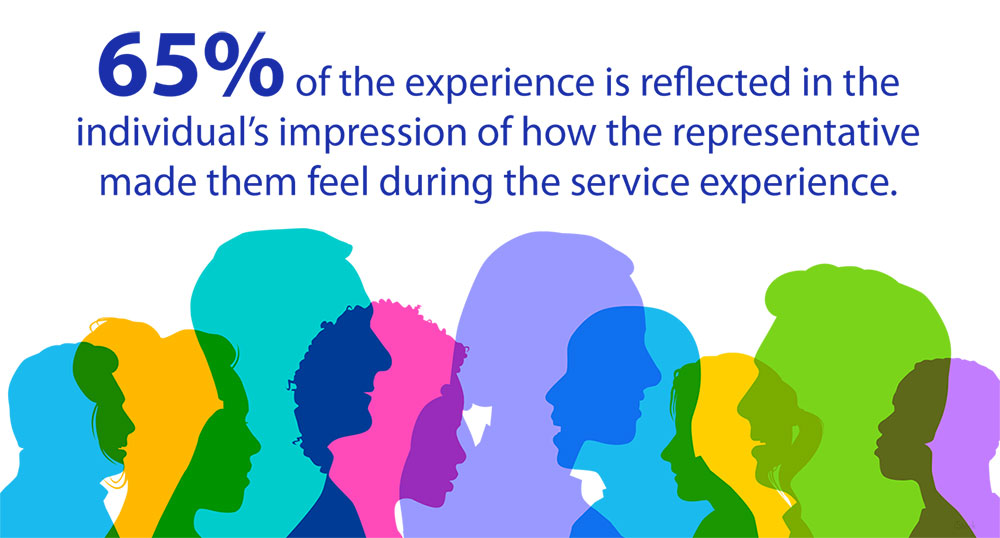
Member experience: Focus on interaction quality
Have quality conversations to create loyalty with members.
Credit unions work hard to create an optimal member experience. From rebranding to process and systems improvement, to streamlined procedures and policies—all can be essential elements to success.
One CEO I work with regularly said, “We always thought we were member-centric, but when we really dug into things, we didn’t have a clue what a mess we’d created for members and for us.”
Our conversation also sparked another realization. We devoted substantial time and energy into improving transaction quality and making sure staff was trained to know the systems and processes. But we paid little attention to interaction quality.
What’s the difference? Transaction quality is the technical accuracy and efficiency of getting something done. Transactions can involve staff or not.
Interaction quality is what happens when staff are part of the transaction and the quality of the conversation they have with the member. And as the authors of “The Effortless Experience” discovered in their research around brand loyalty, 65% of experience is reflected in the customer’s impression of how the representative made them feel during the service experience.
As you rethink strategy, define who you’re building it for. When mapping journeys to improve experiences, be sure there’s a strong emphasis on interaction quality.

Here are six best practices:
1. Hire people who love to help others. This makes sense, right? If a person’s natural tendency is to dig in and find a way through a situation (tenacity) that’s a quality to embrace.
2. Ensure service standards and performance expectations line up with your mission, vision, and values. Delivering value and an exceptional experience to the member is job one and should be reflected in what you hold staff accountable for doing.
3. Make sure experience mapping includes an understanding of where staff will potentially engage with the member and what that interaction should sound like. Then, train on skills, interaction processes, and strategies so staff can communicate appropriately in any situation.
4. Reward and recognize individuals who demonstrate high levels of service. Focus on the behaviors they use to get results. Do they ask good questions, actively listen, give the member options, and keep them part of the discussion? Rewarding this demonstrates that good interaction behaviors are valued above all else.
5. Use feedback carefully. Avoid vague or unclear statements. “You really demonstrated that you were in the member’s corner when you said [specific words.]” is much more effective than “You did a great job!” Staff need to understand what you want more of—or less of—in their interactions.
6. Reinforce that problems and complaints are “moments of truth” between the member and the credit union. Train staff how to manage these situations technically and put just as much emphasis on the skills and strategies they need to communicate well during the interaction. By doing so, staff will be more confident and successful in making magic happen for the member.
Well-executed interactions will make the difference in members' experience. That translates into job satisfaction for your staff, and more loyal and profitable relationships with your members.
CARLA SCHRINNER is the implementation manager and senior master trainer for CUNA’s Creating Member Loyalty™ program.